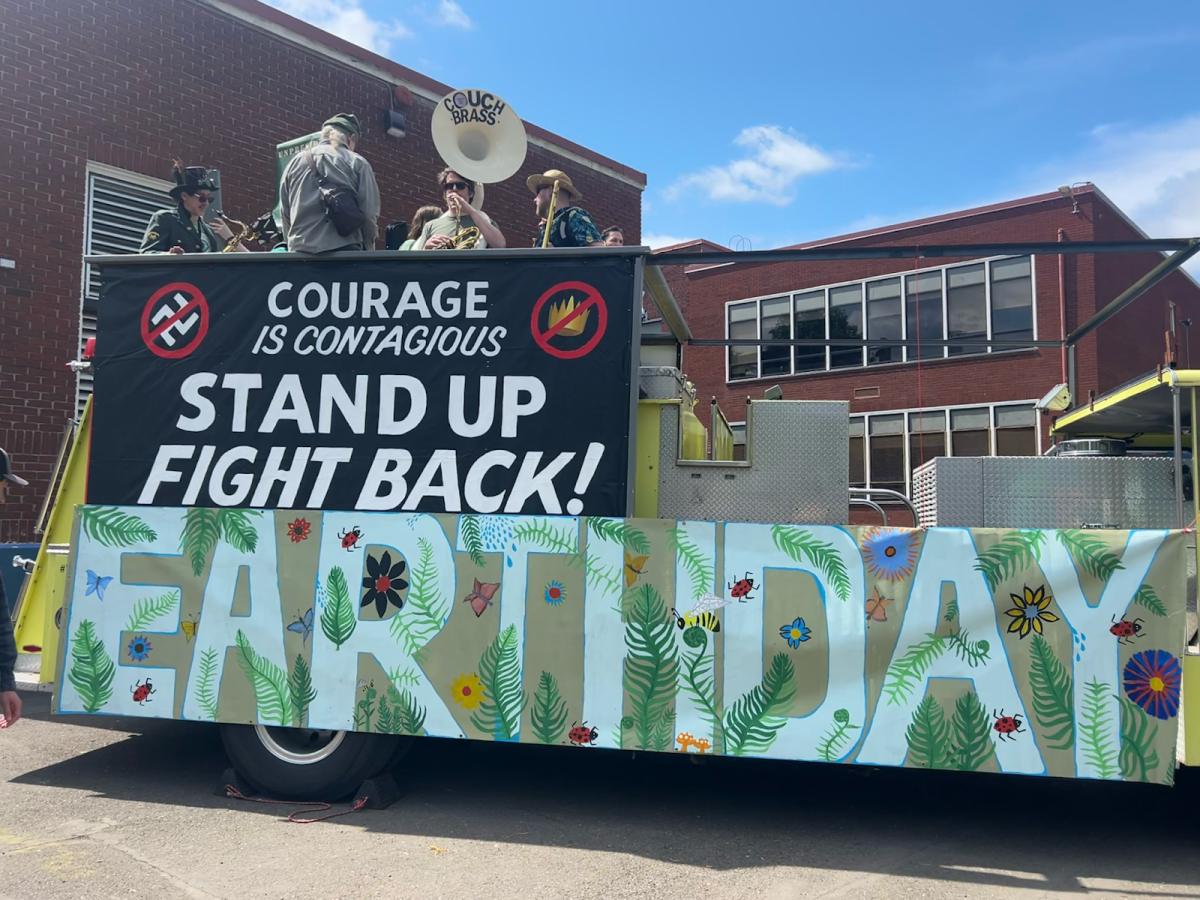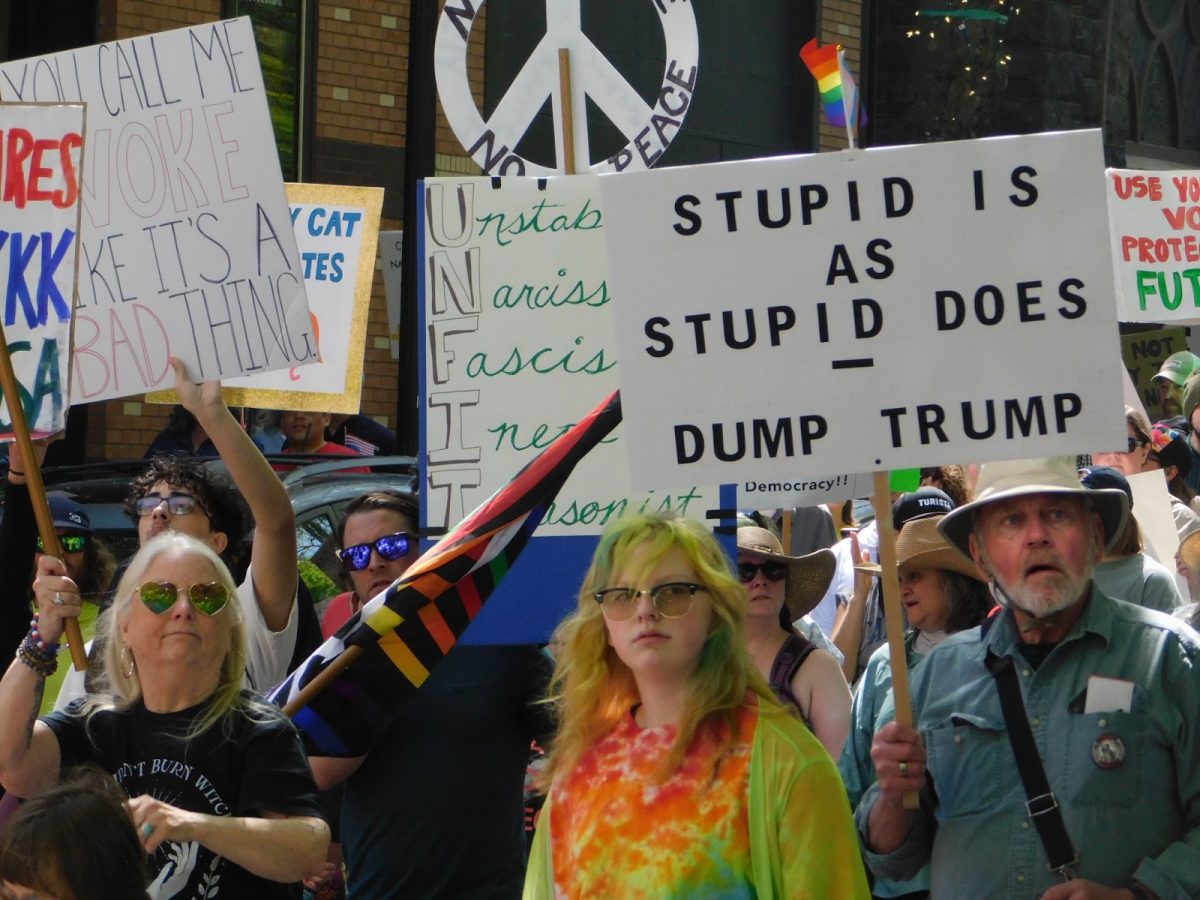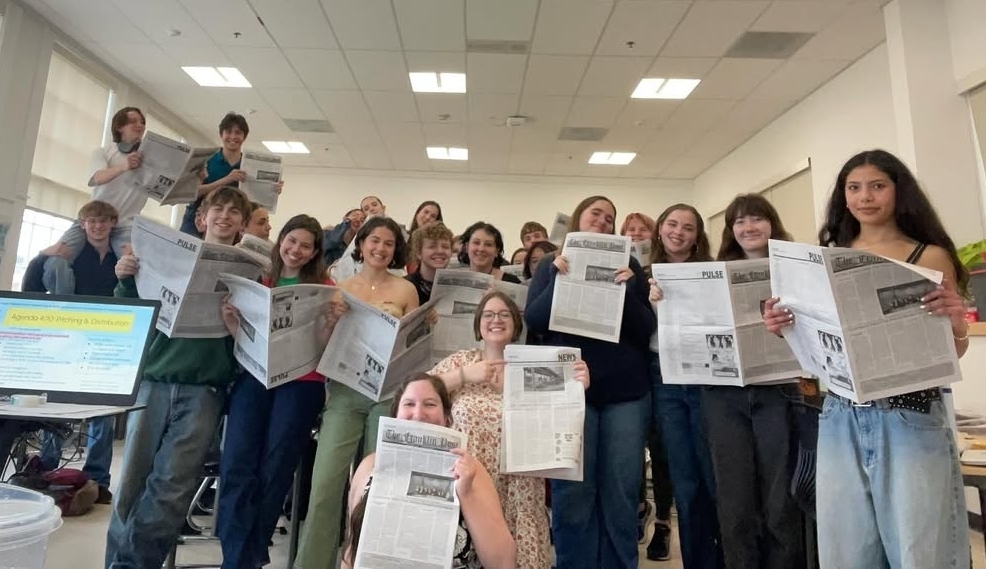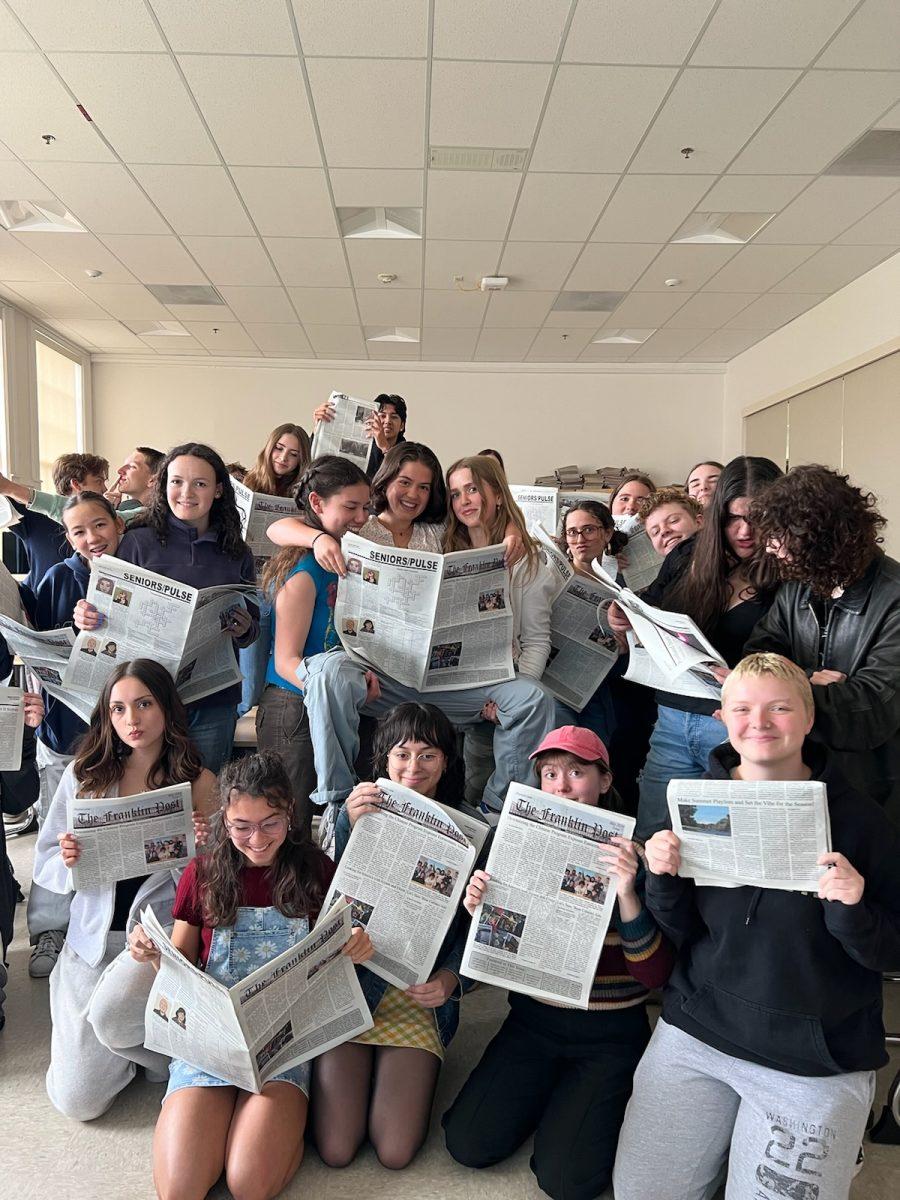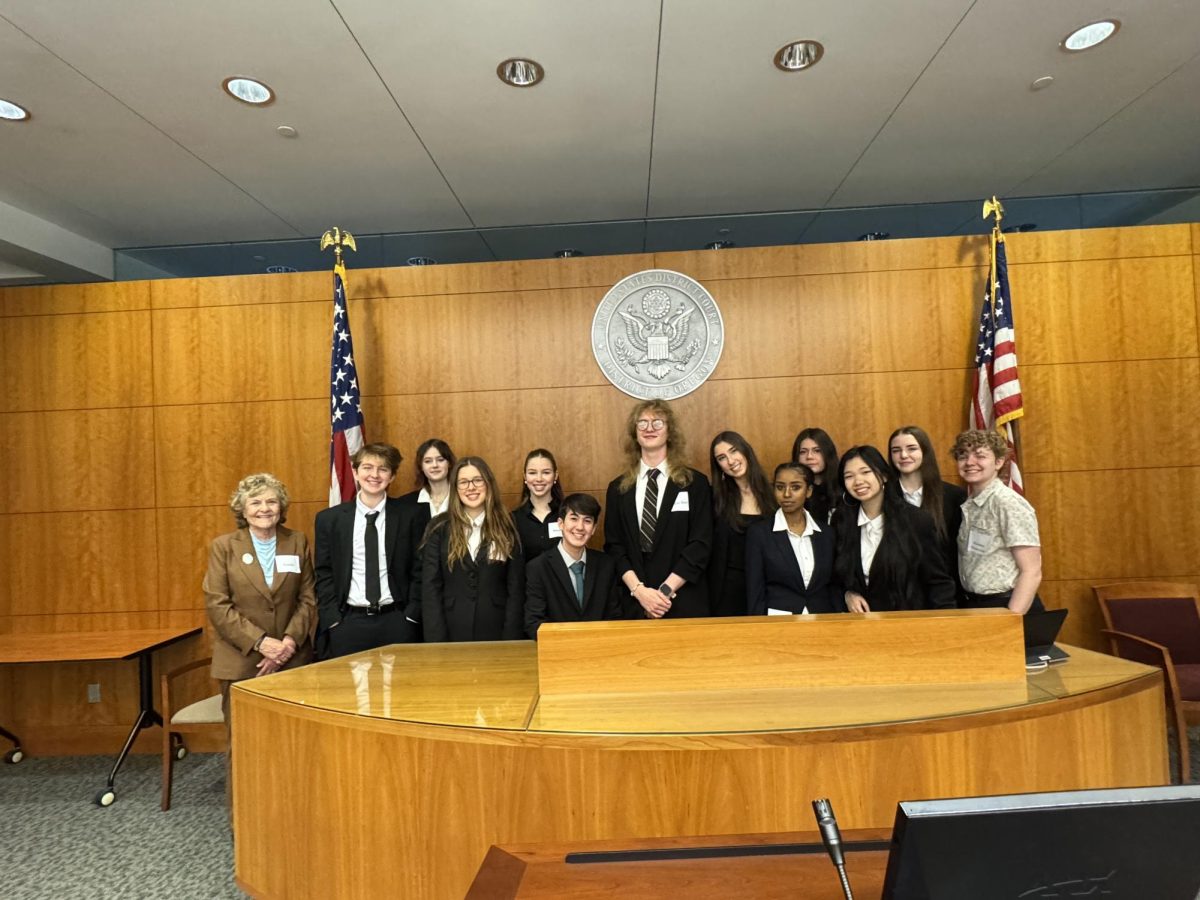The COVID-19 pandemic has devastated lives across the world for over a year now and has been called a once in a century pandemic; unfortunately, that assumption is wrong. The Coronavirus pandemic has highlighted the unfortunate reality that pandemics will no longer be once in a lifetime occurrences. As human populations rise, urban density increases, and factory farms continue to dominate livestock production, our chance of coming into contact, or mutating diseases will increase. In this century, most of us can remember several key diseases that we may have seen in the news. The Swine Flu Pandemic in 2009, Zika in 2015, MERS in 2012, and the one many feared most, Ebola in 2014. The key feature that links all of these diseases is that they are all considered zoonotic. Zoonotic diseases, or zoonoses, are diseases that are transmitted between humans and animals. As human populations rise, cities spread out into natural areas, and factory farms become more prevalent, our chances of coming in contact with another zoonotic disease greatly increase.
When COVID-19 was first discovered in Wuhan, China, medical officials started linking it to bats. The CDC says the virus likely spread from bats to another animal, which would then infect humans. Human contact with infected animals poses a huge risk of spreading a potentially deadly disease and yet we are fueling the ways in which that can happen. Concentrated Animal Feeding Operations, or CAFOs, are large, confined spaces, where dense populations of animals are held to be grown for food. CAFOs serve as a dangerous breeding ground for bacteria and viruses, as they contain large populations of animals that are close together and aren’t very genetically diverse. This can allow strains of diseases in animals to spread rapidly and pose a threat of mutating to become zoonotic. The H1N1 virus (Swine Flu) outbreak in 2009 happened due to a transmission from pigs to humans. While origins of diseases are difficult to find because of how little information is known when a disease begins to spread, a contender for origin of the Swine Flu was a CAFO.
Deforestation, combined with expanding populations, also poses a rising risk of creating future pandemics. Deforestation can lead to ideal habitats for booming insect populations, such as mosquitoes. A study in Malaysia, published by the CDC, reported connections between deforestation and Malaria cases caused by mosquitoes. To cope with expanding populations, many cities are expanding outwards. This runs the risk of people coming in contact with animals displaced by deforested regions, which increases the risk of zoonotic transmission.
Stricter lockdowns and regulations will also need to happen much more quickly relative to COVID-19 lockdowns. Our country is a perfect example of how poor lockdowns and loose guidelines will result in exponential case growth. New Zealand is a prime example of excellent leadership and quick lockdowns. Early on, before cases had a chance to take a grip on communities, the government of New Zealand implemented swift and strict lockdowns that were a massive success. They shut down borders, locked down everything but essential businesses and stuck with their “throw everything at it at the start” mindset. These lockdowns proved to be worth it as they are essentially back to normal. Along with Australia, New Zealand has been able to contain COVID-19 cases to the point in which masks are not required (with some exceptions, such as airports). Recently, the two countries joined together in a dual-country travel bubble, allowing families and friends to travel between the two countries. A large reason why these two countries were able to suppress the virus is because of their governments’ abilities and beliefs in restrictions.
Our system of government allowed individual states to do whatever they wanted when handling the pandemic. Australia and New Zealand’s governments have the power to initiate country-wide lockdowns. This difference in government power, coupled with vast amounts of disinformation, fueled the pandemic here in America. Social media, right-wing conspiracy theorists, and rampant disbelief in science, meant that many people in our country wouldn’t, and didn’t, follow guidelines. To prepare for the next pandemic, large tech companies need to cut down on false information, people need to be educated on disease dangers, and countries must prepare PPE.
People not wearing masks and protective equipment isn’t the only issue. You may remember the shortage of masks and other protective equipment early in the pandemic. To make sure all communities have immediate access to masks, states and countries must stockpile PPE to be prepared. Even as recently as February, we still had a shortage of N95 and KN95 masks. Due to their high protection rate, these masks are highly sought after, so we’ll need to have stockpiles of them ready across the country, as well as normal surgical masks.
New precautions may need to be taken as well. Most of us were introduced to the concept of social distancing in the past year. Because of COVID-19’s airborne transmission, it can spread just through respiratory particulates. It’s likely that we will need to socially distance sometime again in the future, but luckily, the infrastructure and technology to adapt to that reality is already being put in place. More companies are allowing their employees to work from home, (many will even allow more work from home options after the pandemic), many businesses and restaurants have expanded their online shopping and takeout availability, and grocery stores have dramatically increased curbside pick-up availability. Many of these aspects of the pandemic that we’ve grown used to will likely survive after life is “back to normal” because they provide a large amount of convenience to most people.
After over a year of our lives sitting inside, not seeing family and friends, and not having normal things in life back, it’s difficult to think about doing this again, but we need to. If this past year has shown us anything, it’s that the world has to be better prepared if and when this happens again, so we can avoid a disease running rampant. To do this, the world needs good leadership, cooperation of communities and people, and to stop the spread of disinformation.



